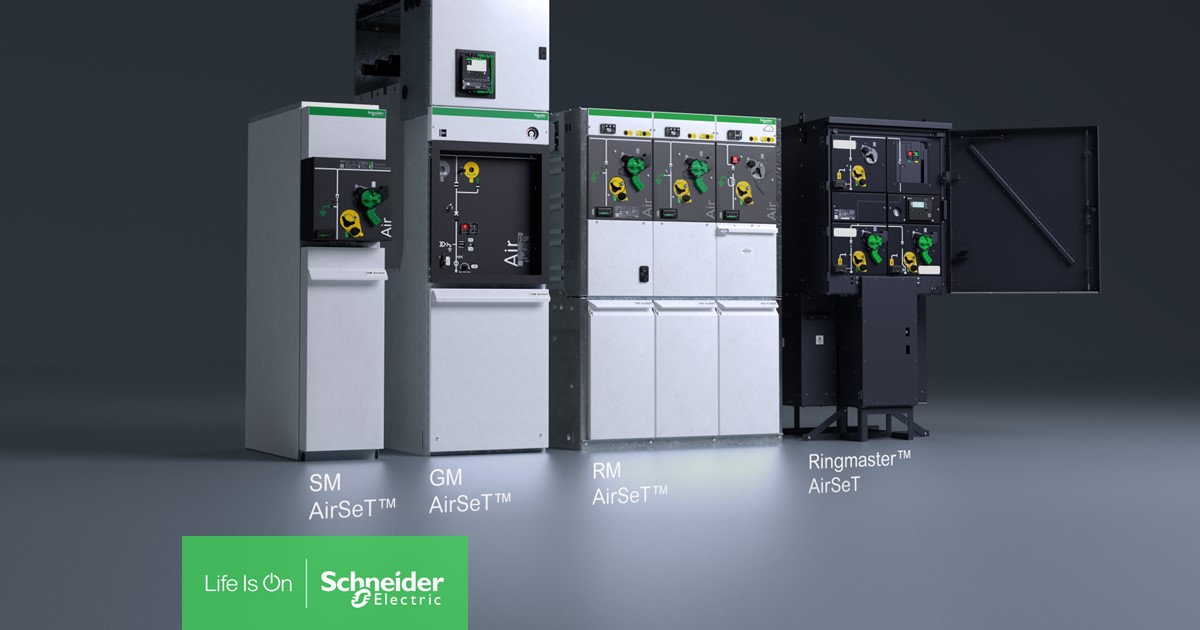Written By: Faith Jemosop
Coal mining and coal-fired power generation have been central to South Africa’s economy since the late 19th century. The discovery of vast coal deposits in regions like Mpumalanga and Limpopo laid the foundation for industrialization and economic growth.
- By the early 1900s, coal was powering railways, factories, and electricity generation.
- The establishment of Eskom in 1923, South Africa’s state-owned electricity utility, accelerated coal use by building coal-fired power stations to meet growing energy demand.
- Throughout the 20th century, coal fueled mining, manufacturing, and urbanization, becoming the backbone of South Africa’s energy system and a key export commodity.
This historic dependence made coal a pillar of employment and industrial development. At its peak, the coal sector directly employed about 80,000 people, with millions relying indirectly on coal-related industries.
Why Does South Africa Depend So Much on Coal?
South Africa is one of the world’s largest coal producers and consumers. Around 80% of the country’s electricity is generated from coal-fired power plants. This is largely because coal is abundant, relatively cheap, and historically reliable. Major coal-producing regions like Mpumalanga have built local economies that depend heavily on coal mining and coal-based power generation.
What Economic Risks Does Coal Dependency Create?
1. Vulnerability to Global Carbon Policies
As the world pushes to reduce carbon emissions, many countries are introducing policies like carbon taxes and carbon border adjustment mechanisms (CBAM). These policies impose costs on goods produced with high carbon emissions such as steel, cement, and aluminum sectors where South Africa’s exports are heavily reliant on coal.
- About 78% of South Africa’s exports go to countries with ambitious net-zero goals, including the European Union, which is phasing in CBAM starting in 2023.
- This means South African exporters face rising costs and tariffs that could make their products less competitive internationally.
2. Risk of Job Losses and Social Impact
Coal mining and coal-fired power plants employ hundreds of thousands of workers directly and indirectly, especially in regions like Mpumalanga.
- Approximately 80,000 people are directly employed in coal mining, while many more depend on the industry indirectly.
- The transition away from coal threatens these jobs, raising concerns about rising unemployment in areas where alternative employment opportunities are limited.
- Social instability could increase if no clear plans support workers and communities during this transition.
3. Energy Instability and Economic Growth
Coal-fired power plants in South Africa are aging and increasingly unreliable, contributing to frequent load shedding (rolling blackouts).
- Load shedding costs the South African economy an estimated 1–1.3% of GDP annually, equivalent to daily losses of $85–230 million.
- Energy instability undermines business confidence, reduces productivity, and deters investment.
4. Financial Pressure on Government and Utilities
Eskom, the state-owned power utility, is burdened with heavy debt and operational challenges. It relies heavily on coal but struggles to maintain aging infrastructure and expand cleaner energy.
- Eskom’s financial struggles increase risks to government finances, which are already under pressure.
- Slow progress toward energy transition could hurt South Africa’s sovereign credit rating and ability to attract investment.
Is South Africa Taking Steps Toward a Cleaner Economy?
Yes, South Africa has begun investing in renewable energy sources like wind and solar, which now contribute around 12.5% of the country’s power supply.
- Projects like the Komati Power Station conversion to solar-plus-storage and new wind farms in Mpumalanga demonstrate commitment to a greener energy future.
- International partnerships, including the Just Energy Transition Partnership (JETP), aim to mobilize billions in funding to accelerate the shift away from coal.
What Challenges Remain?
Despite progress, the transition faces hurdles:
- Funding gaps: South Africa needs tens of billions more to fully finance a just and rapid energy transition.
- Social resistance: Workers and communities dependent on coal fear losing their livelihoods.
- Infrastructure delays: Integrating renewables into the grid requires major upgrades.
- Political balancing: The government must juggle energy security, economic growth, and international climate commitments.
Also read: Can Sierra Leone’s Renewable-Powered 5G Network Redefine Africa’s Digital Future
Why Is This Important for South Africa’s Future?
The global economy is moving toward decarbonization, and countries are slow to adapt to the risk of losing export markets, investment, and jobs. South Africa’s coal dependency:
- Exposes its economy to carbon tariffs and trade barriers.
- Puts jobs at risk without clear alternatives.
- Undermines energy reliability and business confidence.
- Strains government finances and limits growth.
At the same time, the country holds significant potential to become a leader in renewable energy and green exports, capitalizing on its abundant solar and wind resources.















